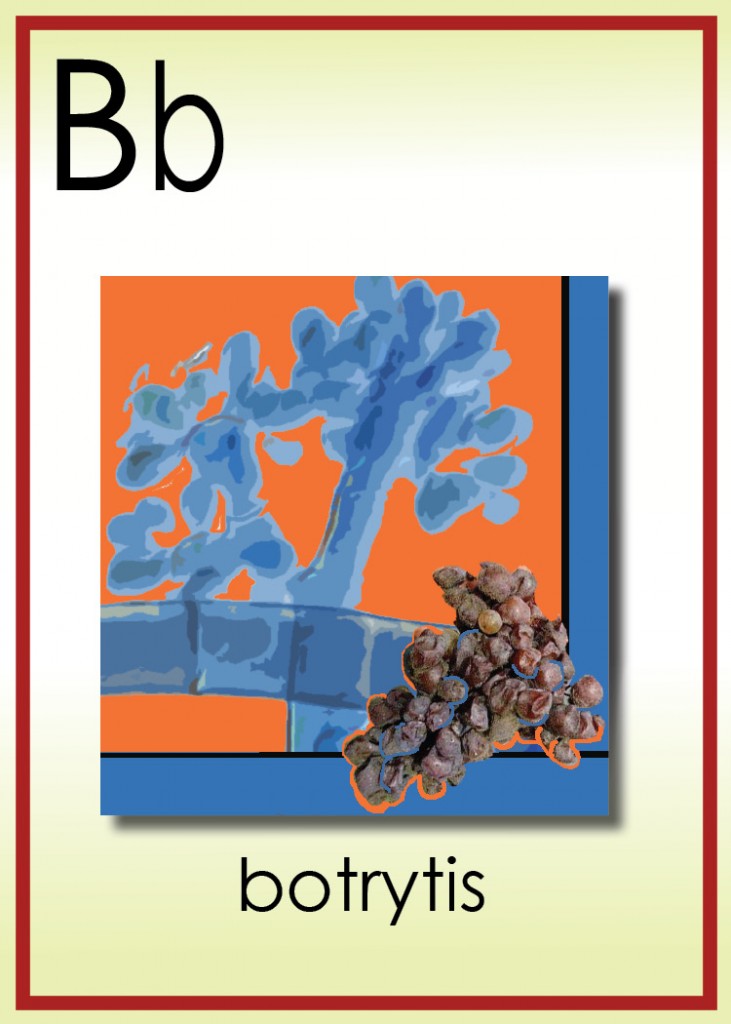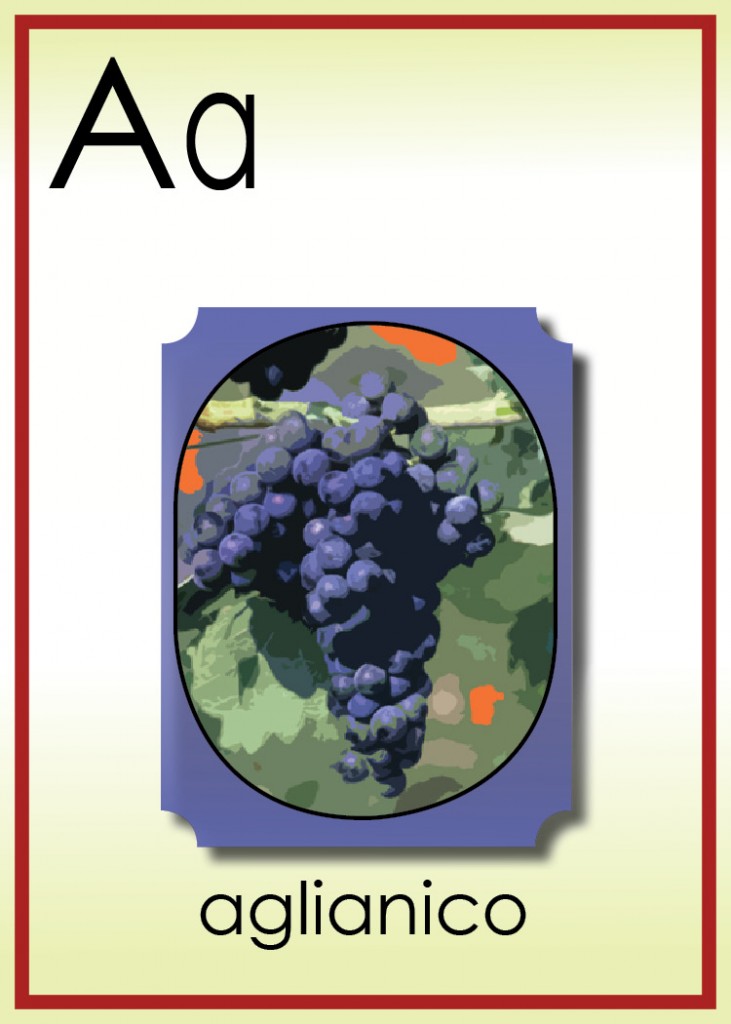Recent Posts
Wines of Mexico: 400 years in the making
Most people do not realize, Mexico was the first country in the Americas to start planting vines for wine production and dates back to 1597. The Spanish, upon arriving to the “New Spain” saw that it was an area that was suitable for grape growing. Although indigenous grapes already grew here, they brought Spanish varietals and started planting in different regions. The first vines planted were in the state of Coahuila and Durango, known as La Laguna, which lies in Northeast Mexico bordering Texas and the Rio Grande. This region was first planted in 1593 and is home to the 1st Mexican government recognized appellation, the Parras Valley. Read Full
Now I know my Wine-phabet: C is for Cabernet
In this new series called “Now I know my Wine-phabet”, I will explore letter by letter wine and what I believe are some of the most important and/or influential aspects in the world of wine. Since I am only choosing one topic per letter, many will be missed. Hopefully these posts come across as being whimsical and informative. Have fun reading over the next 24 weeks!
The Cabernet family has deep ancestral roots. Cousins, brothers and sisters interbred creating off springs, some worthy of being kings and others lost in the king’s courts. The king is Cabernet Sauvignon…the principle grape of Bordeaux and California. Prior to its rise to greatness, it had been raised by two other great grapes…Cabernet Franc and Sauvignon Blanc. Read Full
Wine Tasting Notes for May 2012
Wine Tasting Notes for May 2012
My intention in posting my wine tasting notes is to give a brief description of some of the many wines I come across over a months time. Some wines will make the wine list and others will not. Choosing one wine over another for the list, comes down to what holes need to be filled. Keeping my notes online allows me to access them for future reference.
I do not want to rate wines on a point system. There are many flaws with the point system, I merely want to give the reader a description of my interpretation of the wine on a given day. Wines are always changing, we are always changing and what comes across as unpleasing one day can be enjoyable the next. I want to give the reader an insight in to what the wines taste like rather than attaching a subjective score to them. Winemakers and wineries work hard and are very proud of their juice. I will evaluate their product, but I will not trash it. There are times when I can’t hold back and if I really like something, I will write “Yummy” or “Delicious”. I hope you enjoy my note Read Full
Now I know my Wine-phabet: B is for Botrytis
In this new series called “Now I know my Wine-phabet”, I will explore letter by letter wine and what I believe are some of the most important and/or influential aspects in the world of wine. Since I am only choosing one topic per letter, many will be missed. Hopefully these posts come across as being whimsical and informative. Have fun reading over the next 25 weeks!
 What is that mold and rotting fungus growing on my grapes? What is so noble about it? For many years, grapes infected by Botrytis were deemed ruined, and thrown away. It wasn’t until courageous winemakers dared to make wines from these “diseased” prunes, that we saw it’s magic. Botrytis is like a parasite that sucks the water from the grape and in its place leaves a shriveled berry with a mere tear of nectar. Read Full
What is that mold and rotting fungus growing on my grapes? What is so noble about it? For many years, grapes infected by Botrytis were deemed ruined, and thrown away. It wasn’t until courageous winemakers dared to make wines from these “diseased” prunes, that we saw it’s magic. Botrytis is like a parasite that sucks the water from the grape and in its place leaves a shriveled berry with a mere tear of nectar. Read Full
Now I know my Wine-phabet: A is for Aglianico
In this new series called “Now I know my Wine-phabet”, I will explore letter by letter wine and what I believe are some of the most important and/or influential aspects in the world of wine. Since I am only choosing one topic per letter, many will be missed. Hopefully these posts come across as being whimsical and informative. Have fun reading over the next 26 weeks!
Oh Campania! Italy’s finest region of the south is home to the Aglianico grape. One might want to address him as Signore Aglianico, because it is best to approach him with age. His wines are not for the weary at heart. Signore Aglianico is rustic, grippy and masculine! He is thick skinned and if not nurtured properly, he can be a miss-behaved outright bully. Signore Aglianico as a young boy might come across as a problem child, but put him in “time out” in a bottle and watch him mellow out. He tastes of black fruit, tobacco leaf, black tea and comes with a double spine backbone. Approach him with care, let him chill before you engage and his ill tempered youthfulness gives way to beautiful floral aromas.











